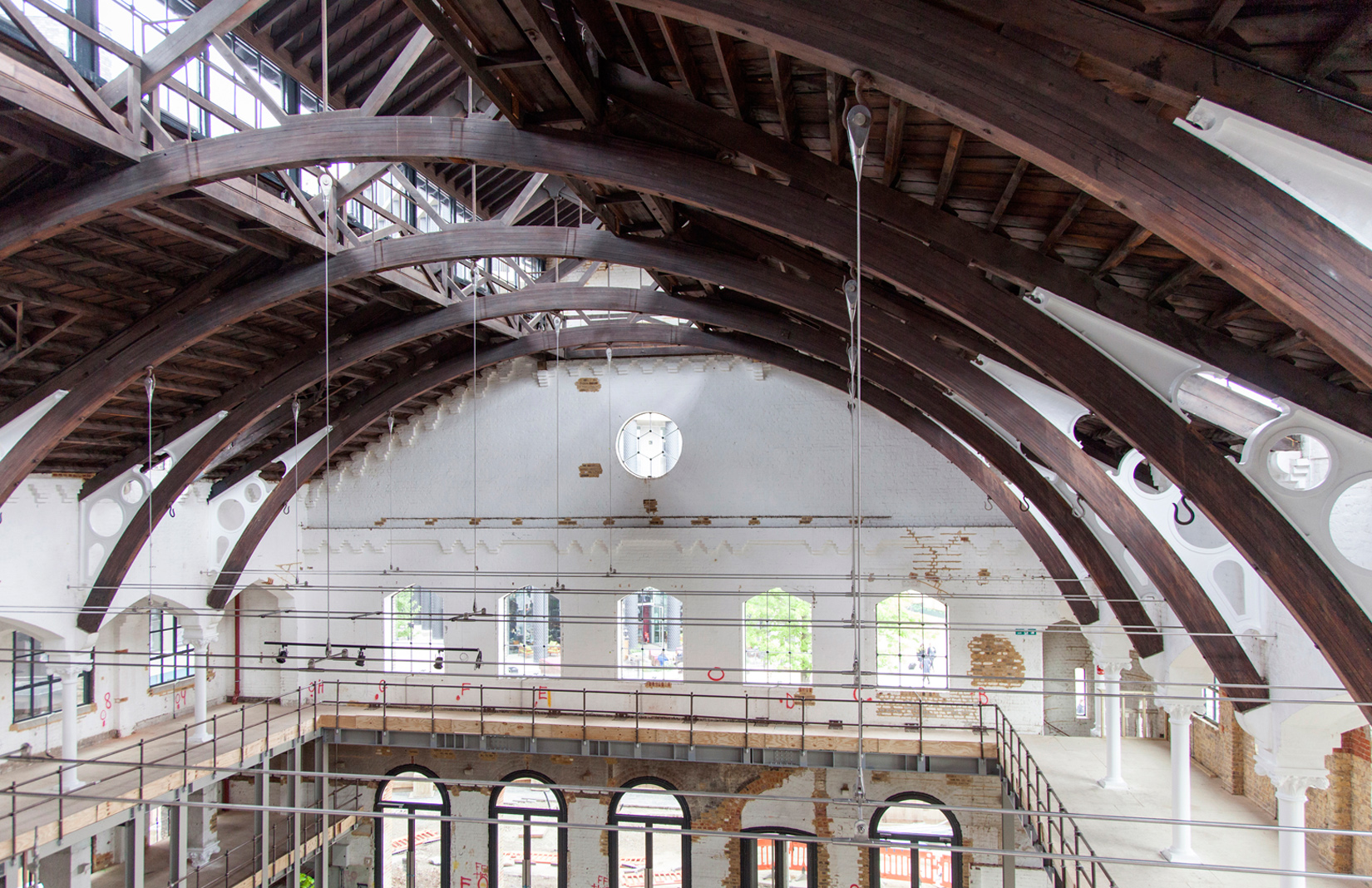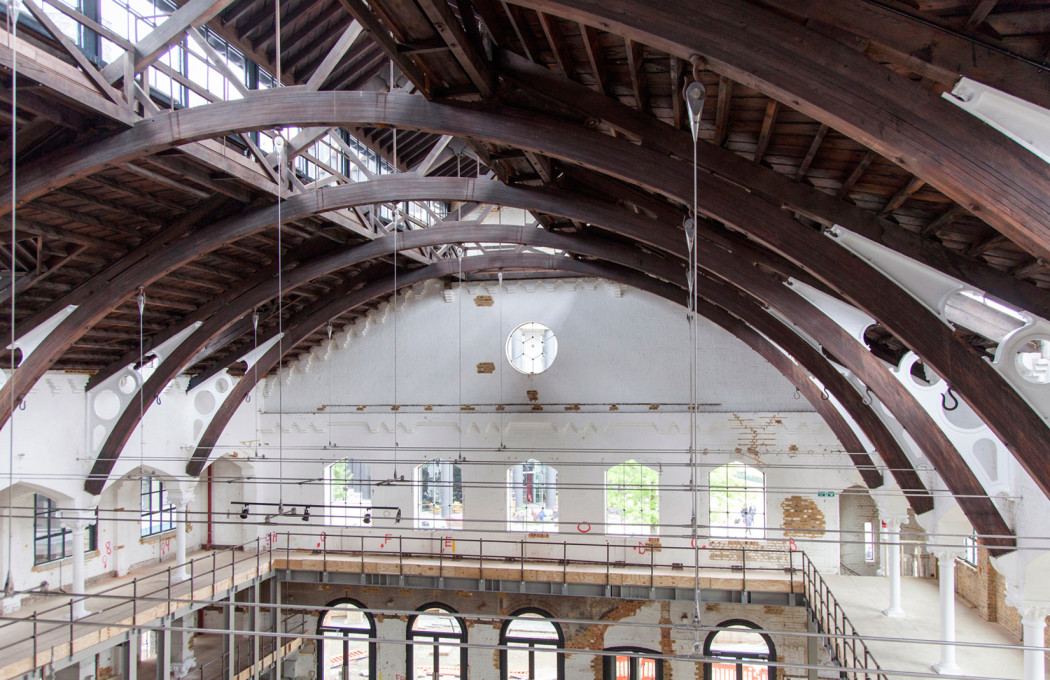
Photography: Emli Bendixen

Photography: Emli Bendixen
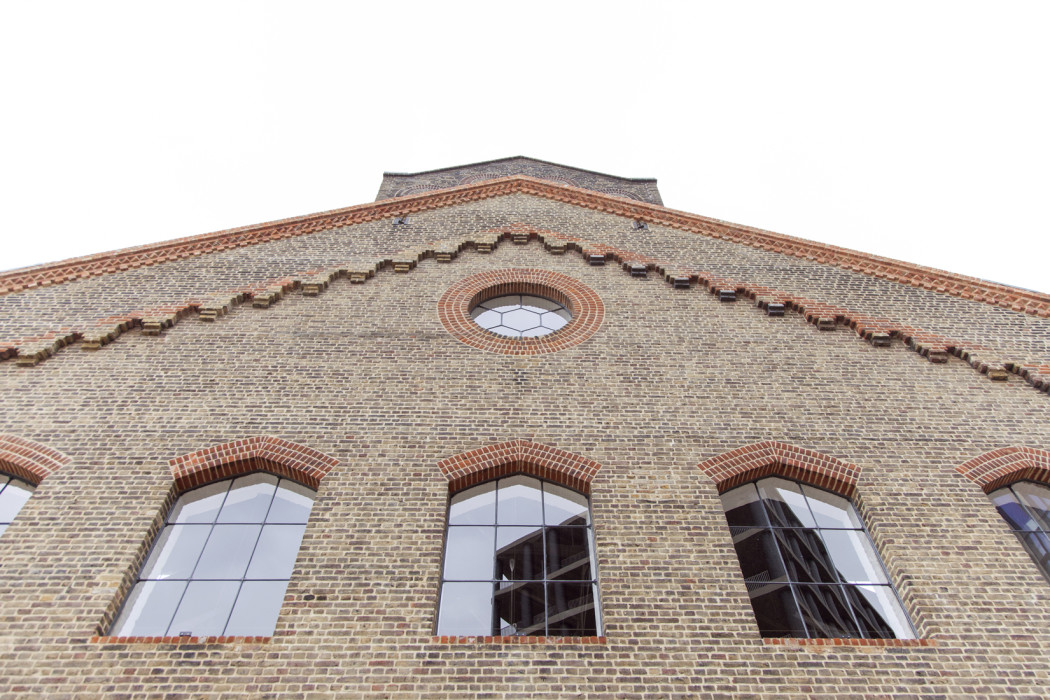
Photography: Emli Bendixen
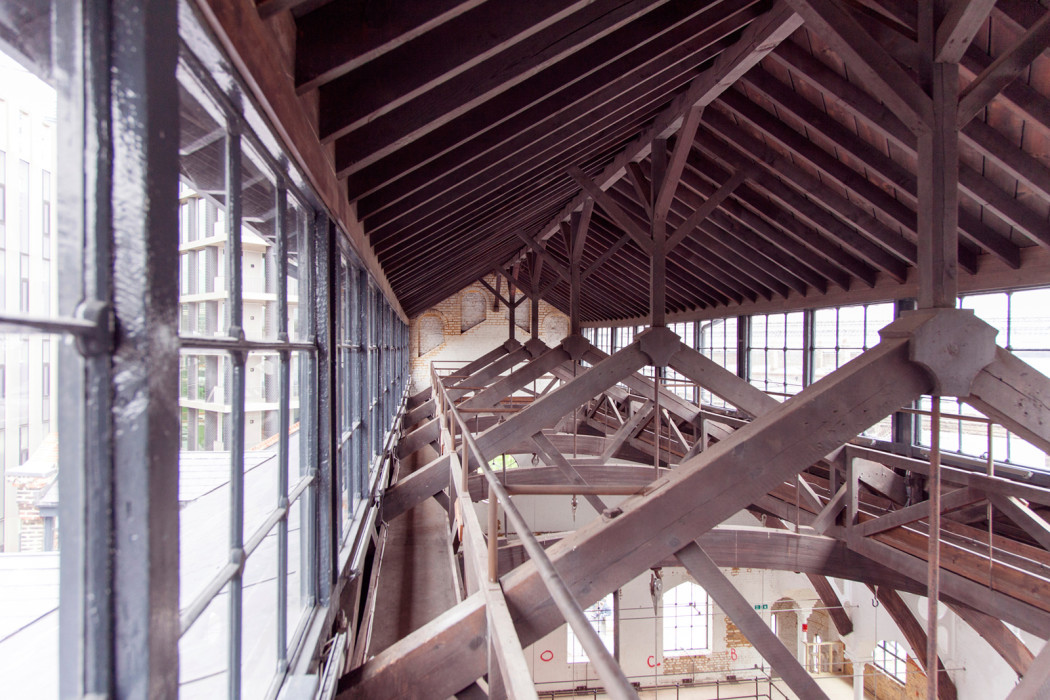
Photography: Emli Bendixen
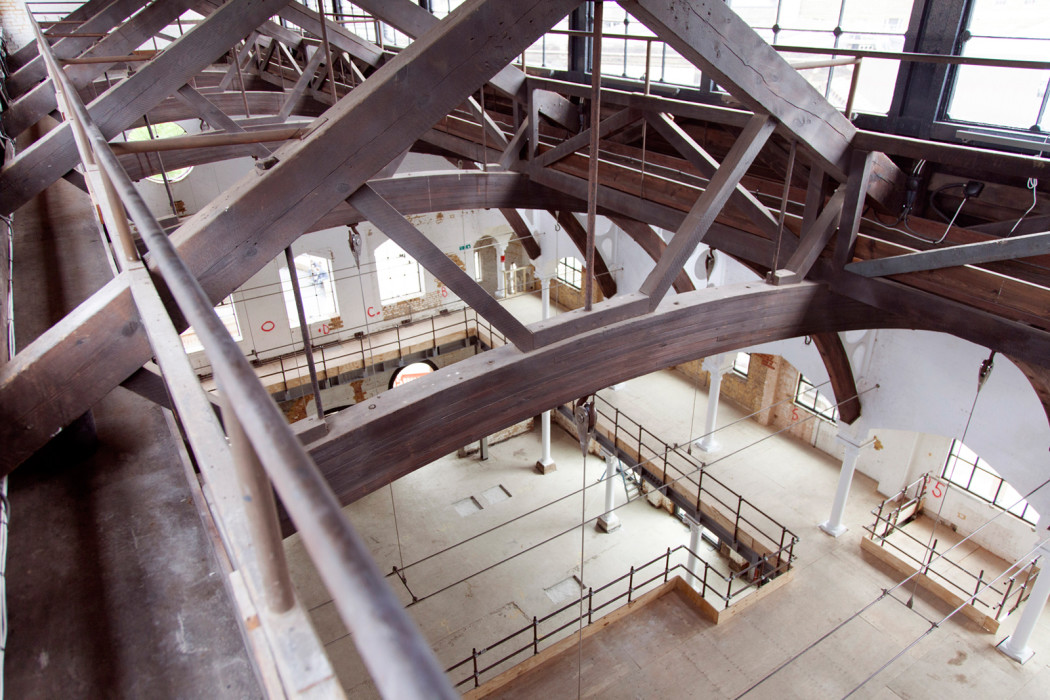
Photography: Emli Bendixen
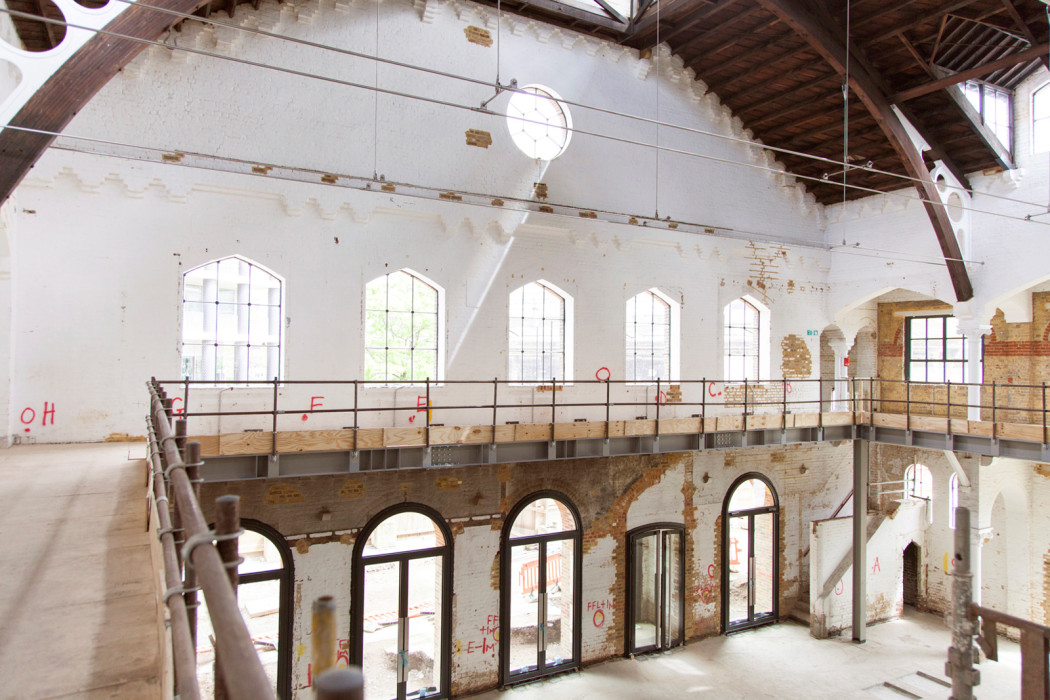
Photography: Emli Bendixen
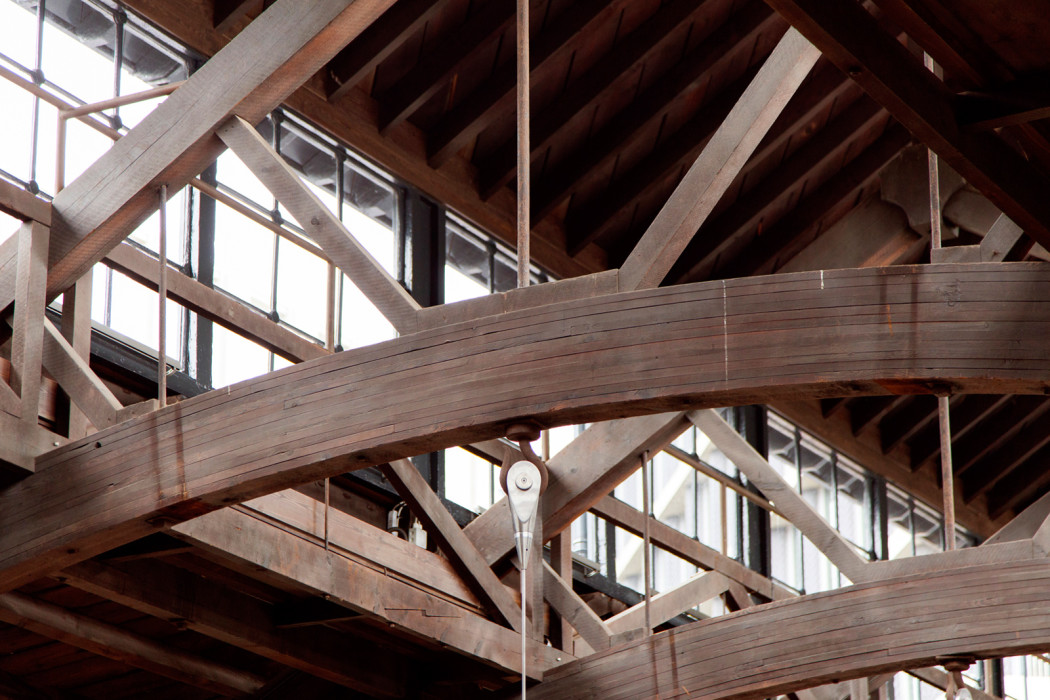
Photography: Emli Bendixen
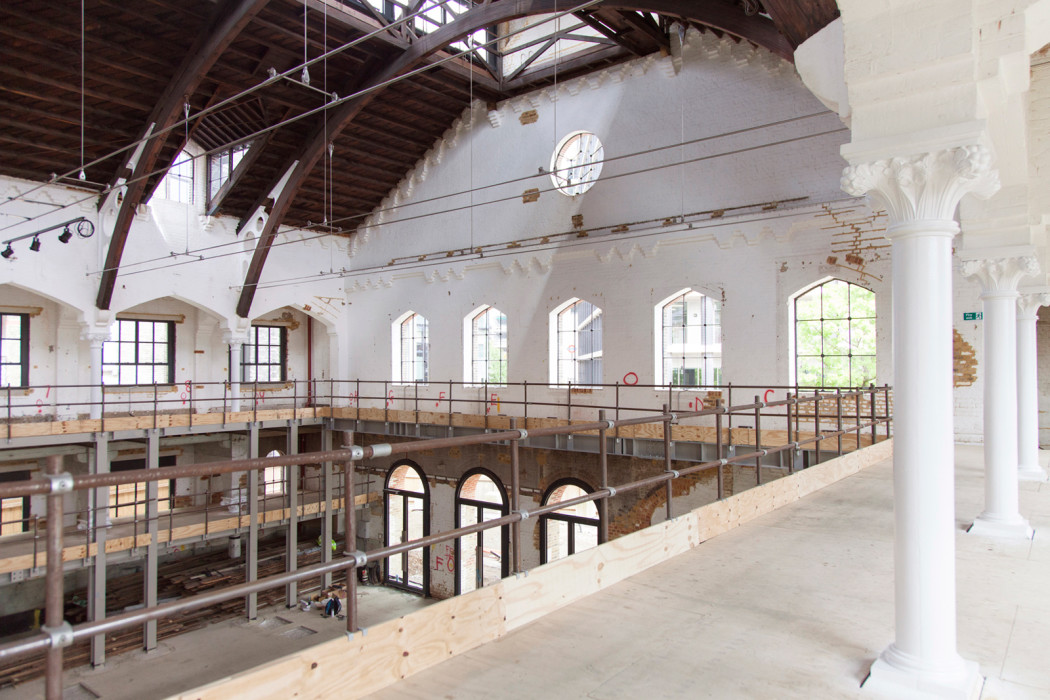
Photography: Emli Bendixen
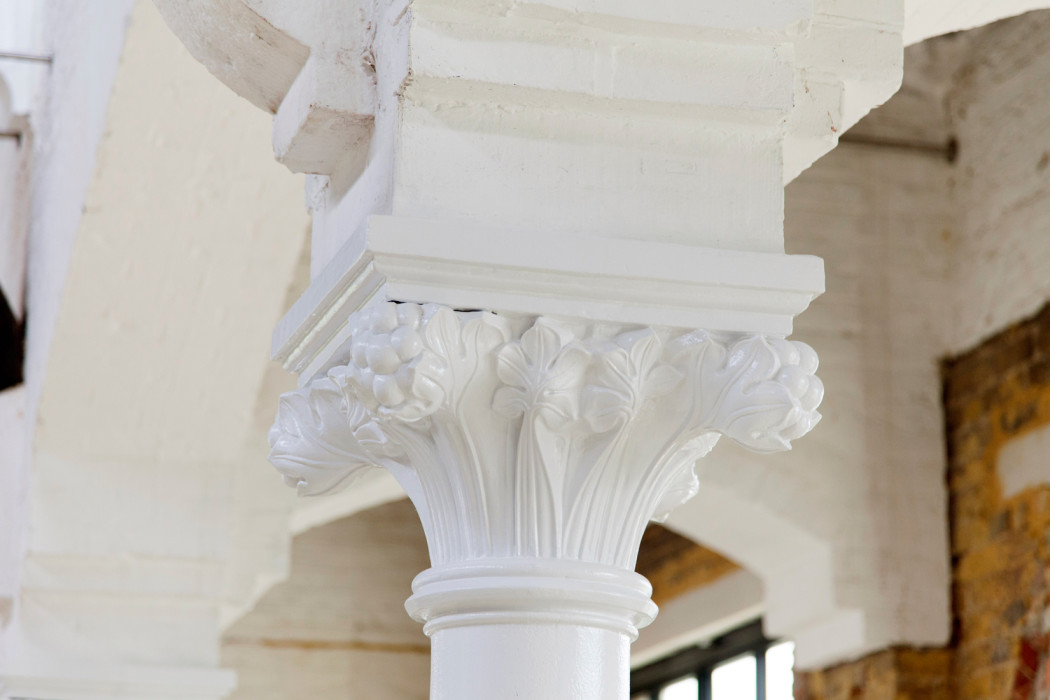
Photography: Emli Bendixen
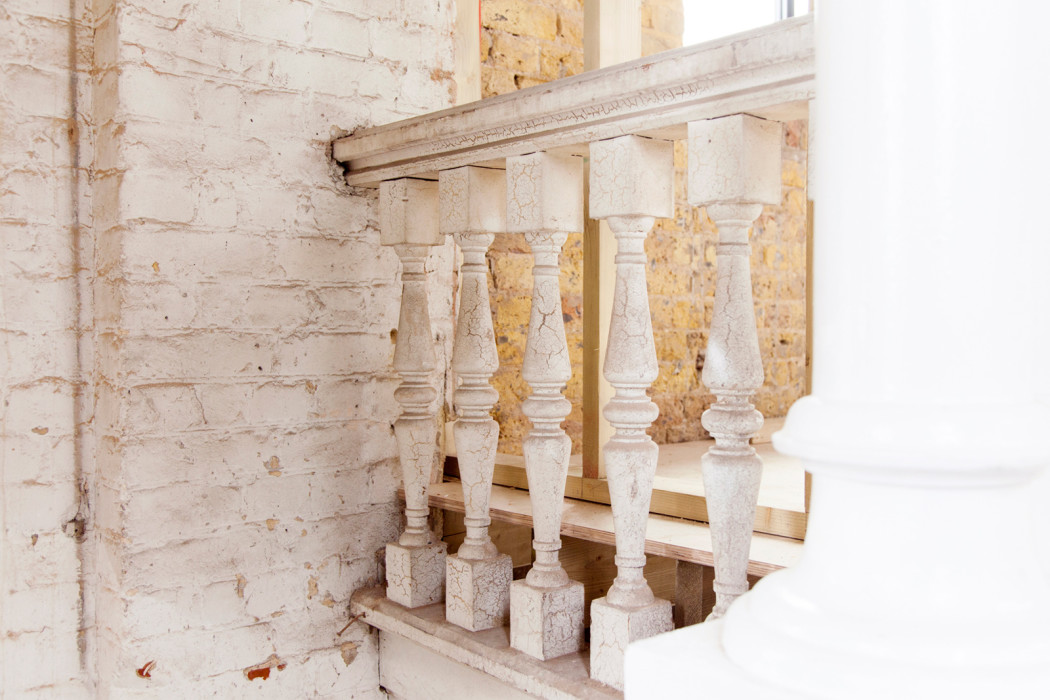
Photography: Emli Bendixen
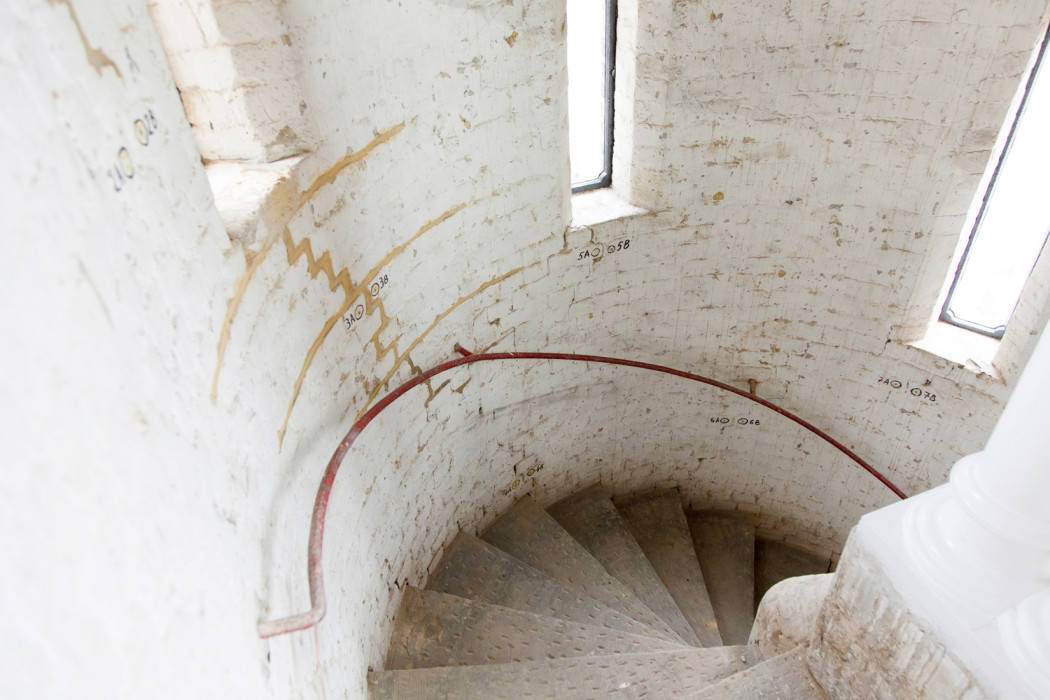
Photography: Emli Bendixen
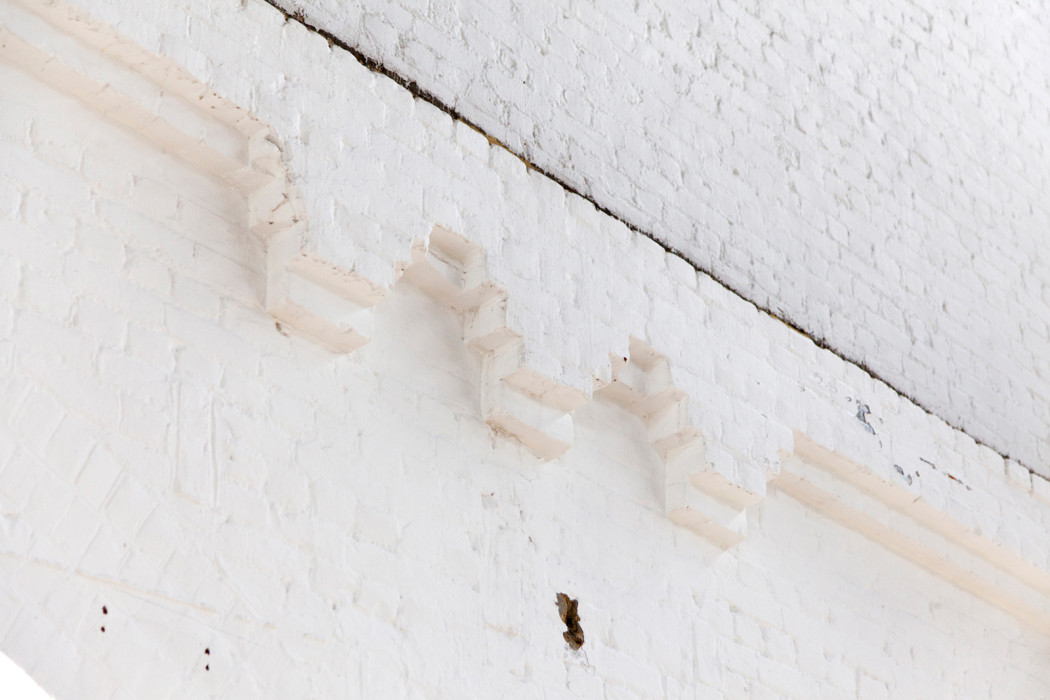
Photography: Emli Bendixen
It’s been a century since anyone spun cartwheels in the German Gymnasium at King’s Cross, but soon Londoners will be able to take a new turn round the 19th century space when it opens as a restaurant.
Next week, Conran & Partners will begin transforming the gym into a new dining destination for restaurant group D&D London. This follows extensive restoration work by architects Allies & Morrison.
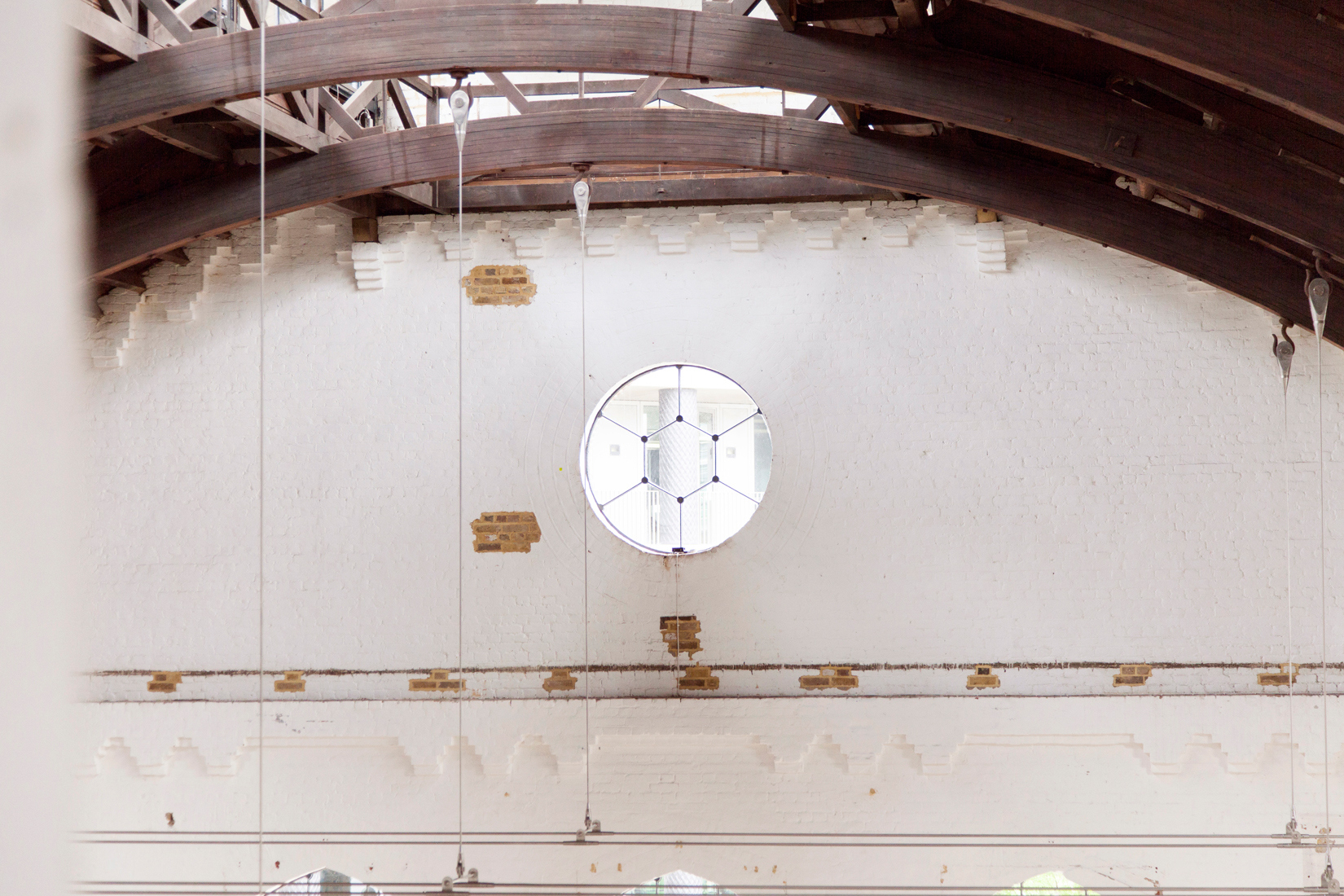
‘Our aim is to create restaurants and bars that make the most of what is a stunning interior with its 57-foot floor-to-ceiling height,’ said the restaurant group’s CEO, Des Gunewardena, of the Grade II-listed building.
The 10,000 sq ft German Gymnasium (or Turnhalle) was the UK’s first purpose-built gym. It was built in 1864 for London’s budding German Gymnastics Society, established by cartographer and gymnastics enthusiast Ernst Ravenstein.
Designed in a Prussian style by local architect Edward A Gruning, it featured sprung wooden floors and a trussed timber roof design, and was built by Piper and Wheeler, for the tidy little sum of £6,000.
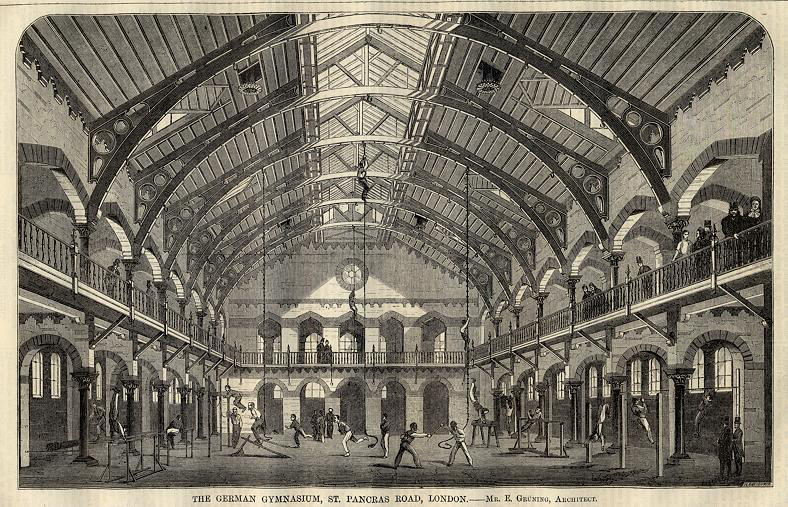
Though Victorian gymnastics were rather more sedate than today’s elaborate routines, by 1866 the society had more than 1,100 members drawn from 30 countries. It even held the precursor to the modern Olympic Games.
The building largely survived both World Wars intact – though its roof was significantly damaged by a falling bomb in early 1940s – and it was listed in 1976 by English Heritage. At the time of construction, its laminated timber roof mirrored that of the adjacent King’s Cross Station, which was later replaced. Now, it is one of only two surviving examples in Britain.
Around 1915, when anti-German feeling was swelling in war-time Britain, the gym ceased operations, and the Great Northern Railway turned it into offices. During the 20th century, it was also used as a retail and performing arts space.
Allies & Morrison have masterminded the first stage of its 21st century revival, restoring period features and installing a new staircase fabricated from steel plates with oak trims – a reference to the timber and metal of the building’s roof trusses.
The gym’s mezzanine viewing level – where spectators could watch gymnastics routines in the hall below – has been reinstated and extended, and its original cast iron hooks, from which budding Olympians swung on ropes, have been left in place.
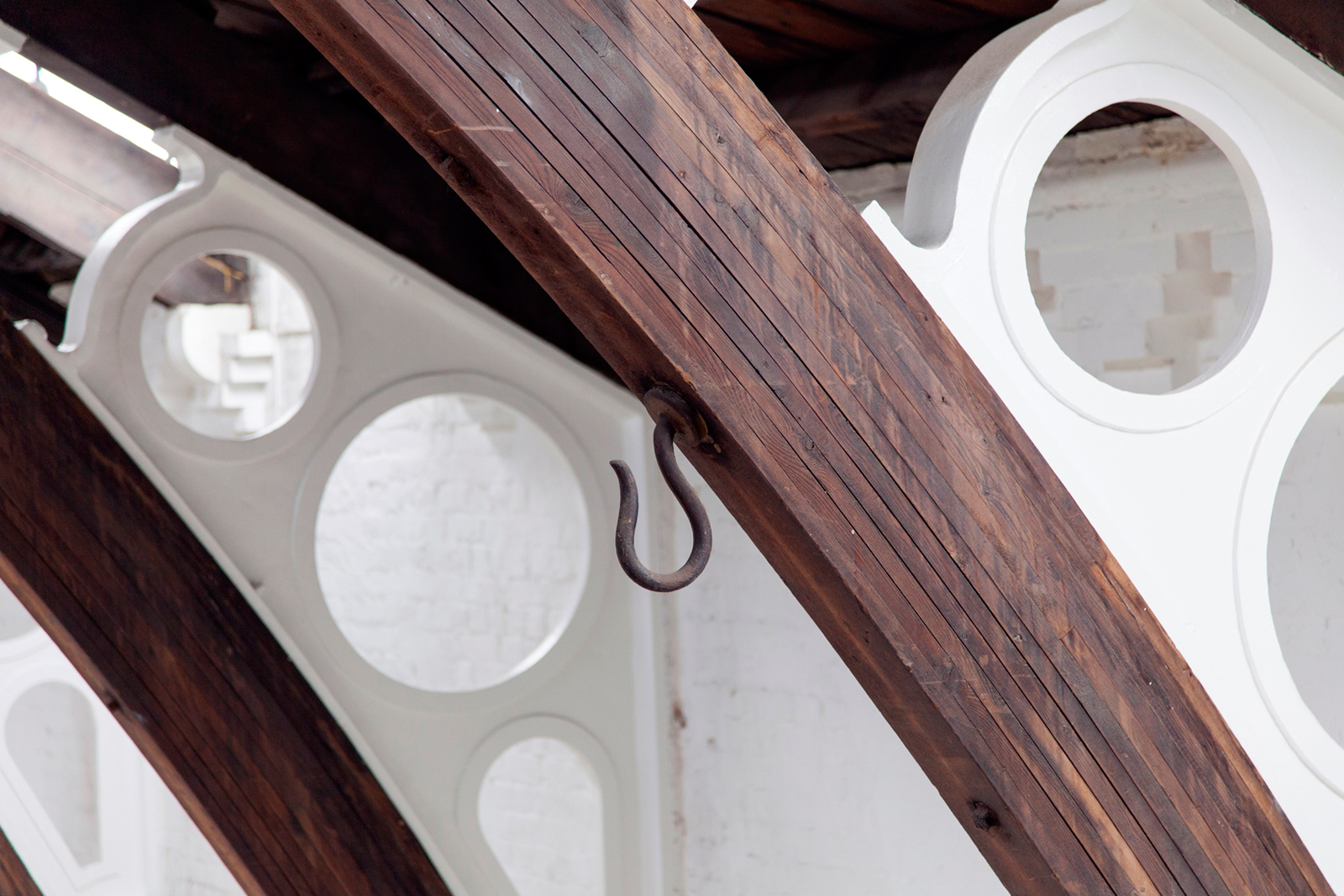
Soon its cavernous ground-floor space will become a 150-seat brasserie and bar, while the first floor will become a private dining room.
The German Gymnasium is a significant piece of the 67-acre King’s Cross redevelopment puzzle. ‘Without historic anchors, the master plan at King’s Cross would not have its identity,’ said Argent’s project manager, Jess Marsden-Smedley.
Londoners will be able to put the restaurant through its paces this autumn.




